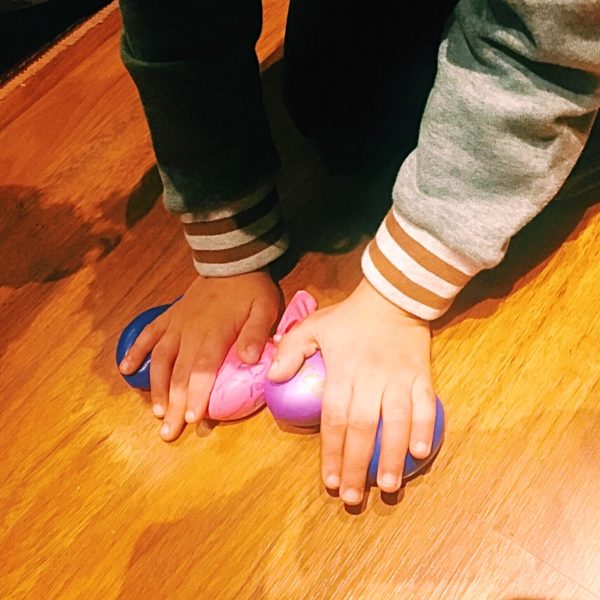
All children occasionally feel anxious. Anxiety becomes a problem when children feel excessively, seemingly unreasonably, and persistently anxious to the point that it interferes with their daily functioning (i.e., social activities, academics, or sleep).
Some anxiety is helpful, normal, and may even be necessary as it helps people stay protected from real danger. However, when it becomes excessive, kids no longer enjoy or go about their daily life. Many kids find it hard to admit that they’re scared and worried so ensuring that we create safety and encourage openness with our children to feel comfortable expressing their worries is key.
**Please note that if anxiety is adversely affecting your child’s life, psychotherapy is highly recommended for appropriate treatment and lifelong coping skills**
Anxiety is very treatable, and the success rates with appropriate psychotherapy are excellent. Cognitive-behavioral therapy is one of the most commonly used approaches for treating anxiety in children. Together with mindfulness exercises, children will be able to learn a variety of anxiety management strategies. Because they often have difficulty talking about their issues and experiences, play-based CBT or mindfulness are used to make therapy more appealing and to motivate children to learn key skills. Children do better in treatment when parents are active participants. Empower your child and let them know that they have the power to make their body get calm.
So today, I’m sharing with you one of my top coping tools to help kids manage their worry and upset feelings: DIY squishy stress balls!
To deal with academic or social stress, we will use our handy coping toolbox. We made these stress balls and learned about mindfulness techniques that help relaxes us when feeling worried and stressed.
Ingredients & Steps:
1. 3 balloons
2. Funnel (or the top of a plastic water bottle)
3. 1 cup baking soda
4. 1/2 cup hair conditioner
5. 5 drops of lavender essential oil
*optional add-ons: small, colorful foam balls*
Mix all the ingredients with your hands or a spoon and pour the mixture into the balloons using the funnel or water bottle. Use your finger or a pen to make sure it goes all the way to the bottom of the balloon. Tie the balloon up, and your relaxing squishy ball is complete!
Children who are highly anxious may be resistant to relaxation. This in part may be due to extreme feelings of fear that may prevent them from relaxing. Teaching children to relax by making it into a fun game is often an effective way to break through the resistive barrier. If they feel like they are in charge and are doing the work themselves, children are more likely to be open to using their coping toolbox when they are feeling worried or stressed! Parents are encouraged to incorporate relaxation strategies into a calm and welcoming daily bedtime routine for the child.


